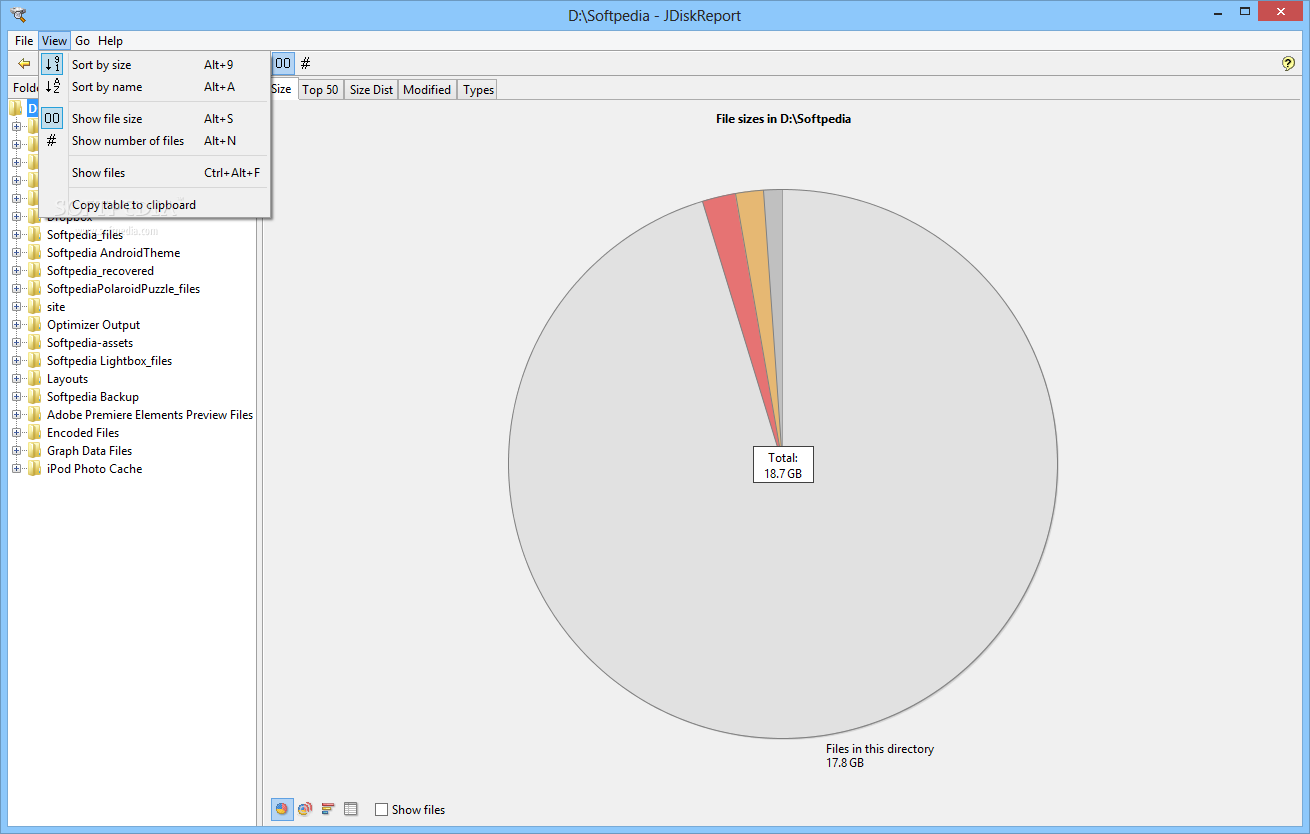
You can find it in the repositories of all major distributions, and the project website also offers the source code. In this case, BleachBit should be your first port of call. Therefore, the additional use of a tool that can perform delete actions for many locally installed applications in a program-specific way is also recommended. Sweeper has relatively few options available for mastering the flood of obsolete files. A click on the Clean Up switch deletes the corresponding files and directories ( Figure 2).įigure 2: Sweeper primarily purges history storage on KDE systems. In KDE SC, the Sweeper tool, which you can find in the repositories of all major distributions, eliminates these "dead files." When launched, Sweeper shows you a dozen deletion options, all of which are checked and thus enabled.

You can thus quickly accumulate a few hundred megabytes of obsolete data. Additionally, desktop environments create various history files in which they store the most recently opened documents or thumbnails.

Most application programs create temporary, session-specific files that are no longer needed. Using a file manager or the command line, however, you can manually remove duplicates or unnecessary log files. Unfortunately, JDiskReport cannot delete files from the individual lists. The Top 50 items also change accordingly. JDiskReport now displays all the subdirectories in a new pie chart. To prevent the uncontrolled growth of systemd logs, you can set the SystemMaxUse= parameter in the /etc/systemd/nf file to a reasonable value (e.g., SystemMaxUse=100M for maximum system log size of 100MB).Īfter scanning the entire file tree from the root directory, you might want to take a closer look at individual directories to do so, just click in the pie chart on the segment to be examined. Because the system creates new files regularly, you can easily delete old systemd logs. The total volume of archived logfiles can be several gigabytes depending on the capacity of the active partition. To discover the precise size of these logfiles, open a terminal and type the following command as root: journalctl -disk-usage These are the systemd logfiles, which are not regularly cleared by default. On many current distributions, you will see files of a considerable size that reside below /var/log/journal/. For an overview of the main disk hogs, check out the Top 50 tab. JDiskReport offers a few options that you mostly access from the horizontal tab bar in the program window. JDiskReport then displays storage space usage in a pie chart ( Figure 1).įigure 1: Meaningful charts show storage space consumption. JDiskReport lists all the system's users, and you can select one by clicking. The application asks you which file tree you want to edit, scanning this choice first.
JDISKREPORT 1.4.1 ISSUES SOFTWARE
You can then start the software by calling java -jar /opt/jdiskreport-1.4.1.jar
JDISKREPORT 1.4.1 ISSUES ARCHIVE
The program is available as a ZIP archive just unpack and move the newly created JDiskReport-1.4.1 directory to a suitable place (e.g., /opt). A tool that is particularly suitable for this is a small Java program named JDiskReport that elicits all the necessary information from your hard disk. The starting point of any cleaning action is careful analysis of the data sets. Armed with a couple of helpers, however, you can quickly deal with any unnecessary clutter and keep your system permanently clean.

Manually searching for duplicates, temporary files, or orphaned files can be extremely difficult in view of the several hundred thousand files that most popular Linux distributions keep in their storage systems. Well-used computers rapidly acquire many files in the depths of the system that you no longer need additionally, the system accumulates duplicate and multiply stored data.


 0 kommentar(er)
0 kommentar(er)
